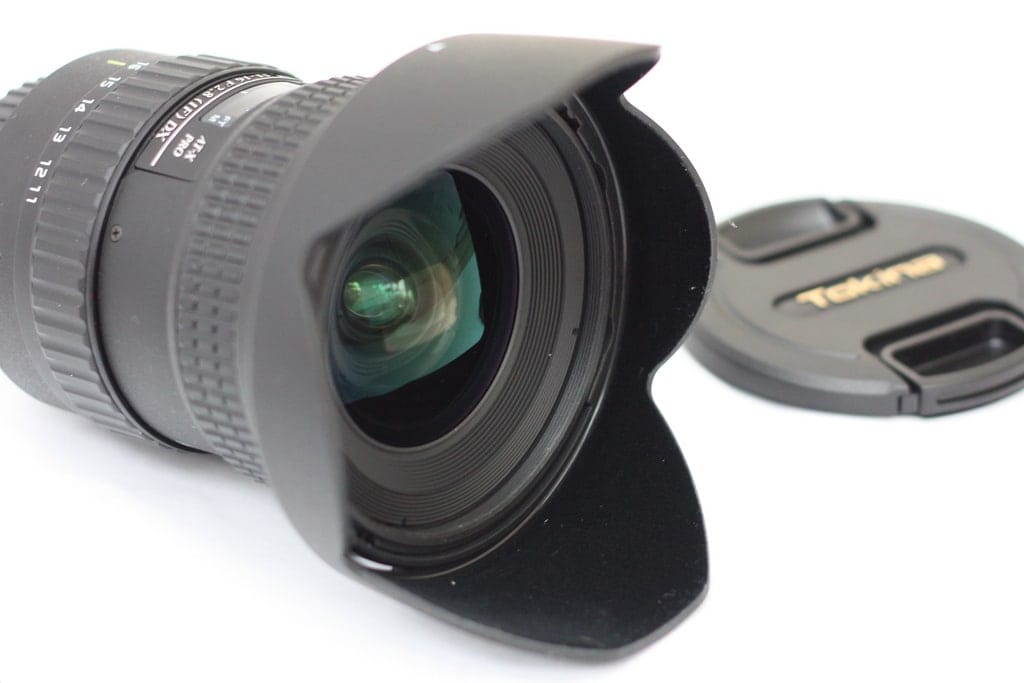The Wide Angle lens is usually one of the most dreamed of lenses, not only because of its surprising results and its possibilities, but also because it usually escapes the budget of mere mortals. And since for many of us what is easy and affordable is boring or less desirable, it tends to pass ipso facto to our photographic wish list once we have delved a little into the subject of photography.
We have talked about the Wide Angle lens, always associated with landscapes, because it is perhaps one of its most well-known and recognized facets, but the truth is that a Wide Angle lens can adapt to many situations and give you truly incredible images. Of course, for this, first you have to get to know him a little to make the most of his possibilities, which are not few ?
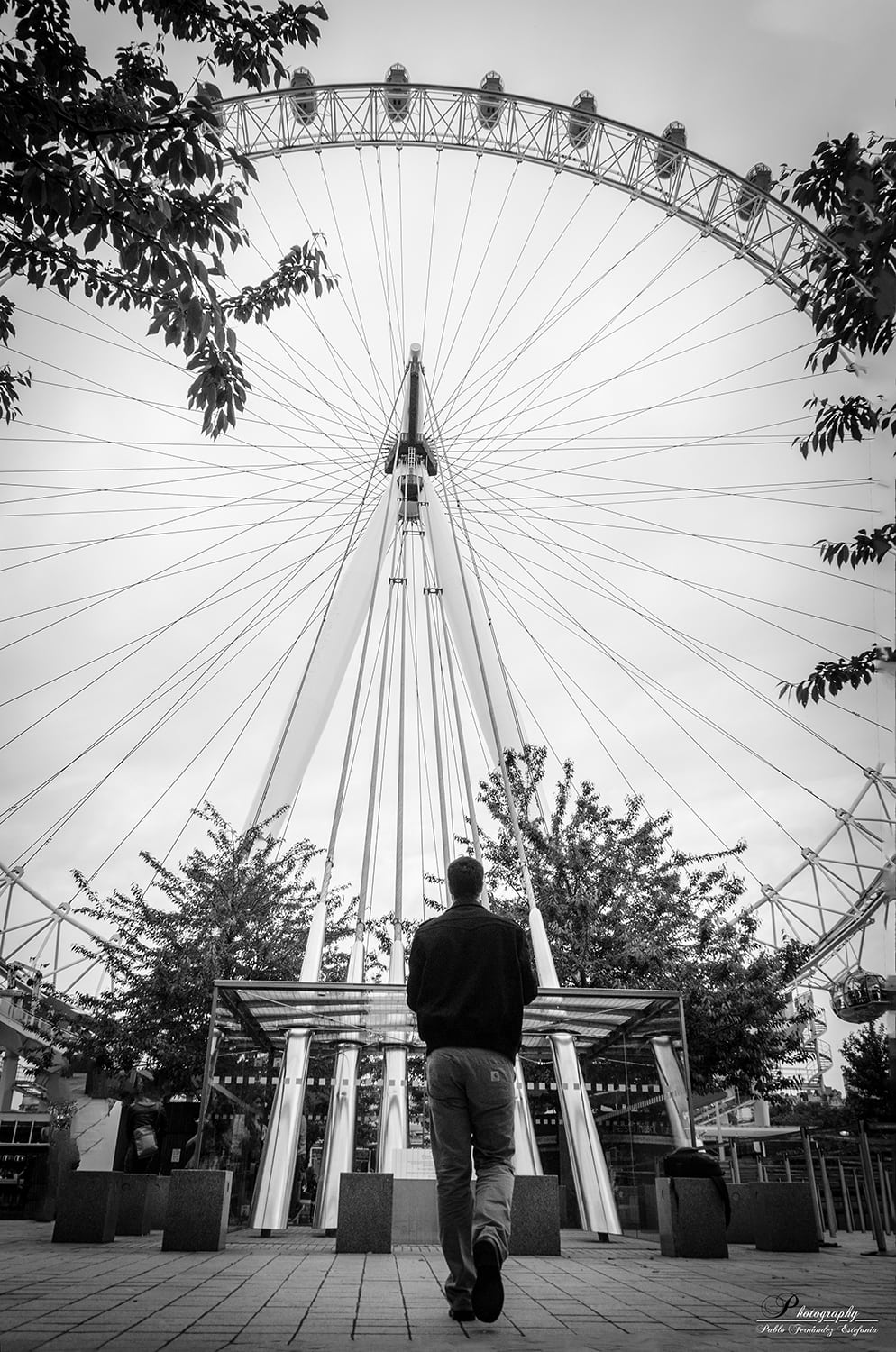
WHAT IS A WIDE ANGLE LENS?
They are those that provide a very wide viewing angle. In general, Wide Angle lenses are considered those whose focal length is between 18mm and 35mm.
Within the Wide Angle objectives we have those considered "normal" and those considered "Super Wide Angle".
– Standard Wide Angle : They usually include focal lengths between 28 and 35mm and with a viewing angle that varies from 60° to 65°. They are part of many of the Zooms that come in the Kit, so these focal lengths will not be completely unknown to you, unless you are a lover of fixed optics and you don't have them ?
– Super Wide Angle: They include focal lengths between 17 and 28mm and a viewing angle of more than 80°. Due to their wide viewing angle, they are the most used in landscape photography.
MAIN CHARACTERISTICS OF WIDE ANGLE LENSES
- Distortion: One of its main characteristics is the distortion that it causes in the lines, especially those closest to the edges of the image, where they seem to narrow. Likewise, the planes closest to the objective will be more affected by this distortion than those that are further away.
- Depth of field: Another of the characteristics of Wide Angle lenses is its high depth of field that allows us to have most of the planes in the image focused.
- Greater angle of vision : The great angles of vision allow us to include a greater number of elements in the scene.
- Distance between planes : The Wide Angle accentuates the exaggeration of the existing distance between the different planes; Things seem to be much further apart from each other than they really are.
9 TIPS FOR WORKING WITH WIDE ANGLES
1) GET UP CLOSE AND WORK MULTIPLE SHOTS
This is perhaps the most important tip to keep in mind when using a Wide Angle. At such wide viewing angles, it's difficult to focus interest , and easy to fall into boring images, perhaps with a lot of information, but without a noteworthy story, or a clear center or message.
The wide angle allows us to use different planes in the same scene, a very interesting effect to highlight our protagonist, and at the same time to put it in context. Of course, to have a close-up , it is necessary and advisable to get closer than usual, because the focal length does not bring things closer, if not quite the opposite; pushes them away As you can see, it is not a goal for cowards ?
For all these reasons, it is not only a landscape lens, but also a journalistic lens, for Streetphotography , Documentary or artistic Photography among other styles.
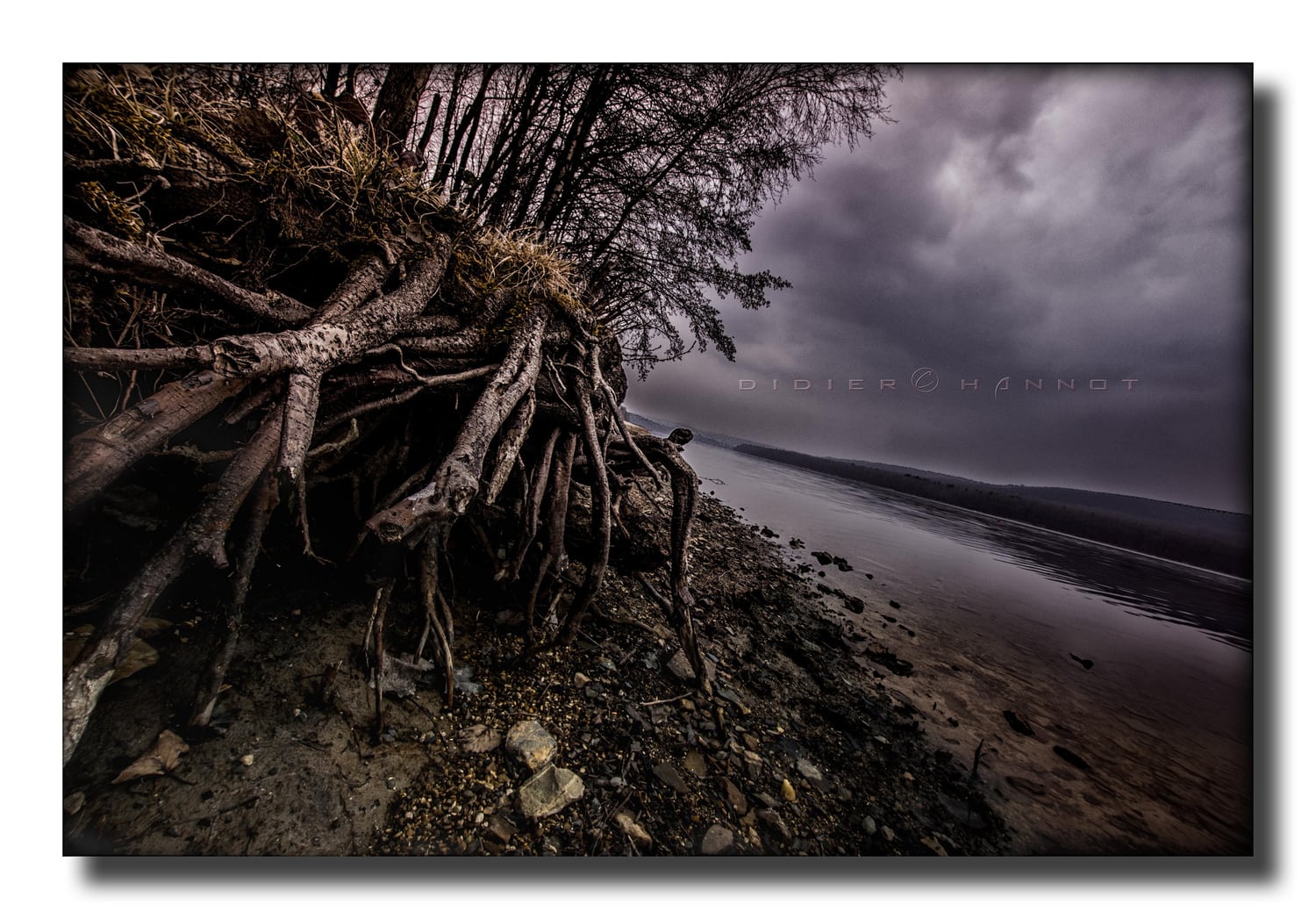
2) WORK THE COMPOSITION
It is especially important that you take care of the composition when working with Wide Angle lenses since the success of the image depends to a large extent on its interest. And this, beyond the theme, is achieved through the prominence of a good composition that enhances the center of interest.
3) WORK THE LINES
Lines are a very interesting compositional element in photography, but even more so in photography taken with a Wide Angle, since in this case, their power is accentuated. The inclusion of lines in the compositions with this type of objective accentuates the leaks and converging lines, directs the gaze , and gives the image a lot of visual power and dynamism .
Keep this distortion effect of the vertical lines in mind whenever you photograph with a Wide Angle, sometimes you may want to enhance them, and sometimes not, forcing you to change the composition, work on post-processing, etc.
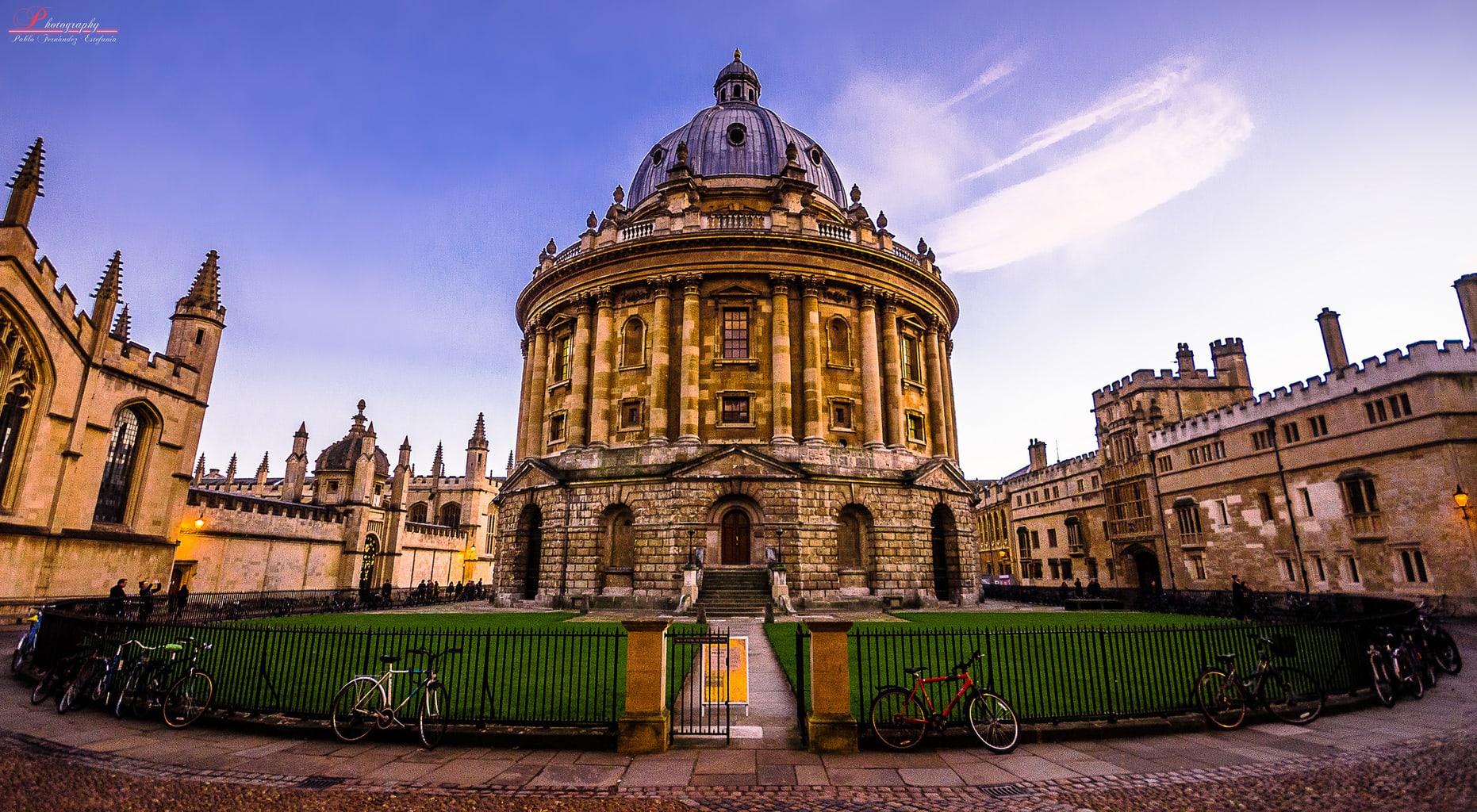
4) WORK ON SHARPNESS
They are not only known as the best landscape optics because of their open angle. They are also for their great depth of field. Combining this type of objective with the Sweet Spot and the Hyperfocal , you will get unmatched sharpness and depth of field.
5) CONTROL ALL THE ELEMENTS OF THE IMAGE
Everything that is wonderful about a Wide Angle because of its wide field of vision, is also dangerous if you do not control what you want to appear in the frame, or simply do not take it into account. Before shooting, make sure that all the elements that appear in your image are those that you want to appear, and what does not interest you, try to remove it from your frame.
6) WIDTH
It is not by chance that many interior photographs are taken with a Wide Angle. This type of lens accentuates the feeling of space and spaciousness, so it can be very useful when you want to photograph interiors. In addition, they are usually bright lenses, so you can work with them at relatively low ISO and at a good speed (always depending, of course, on the amount of light available in the interior you want to photograph).
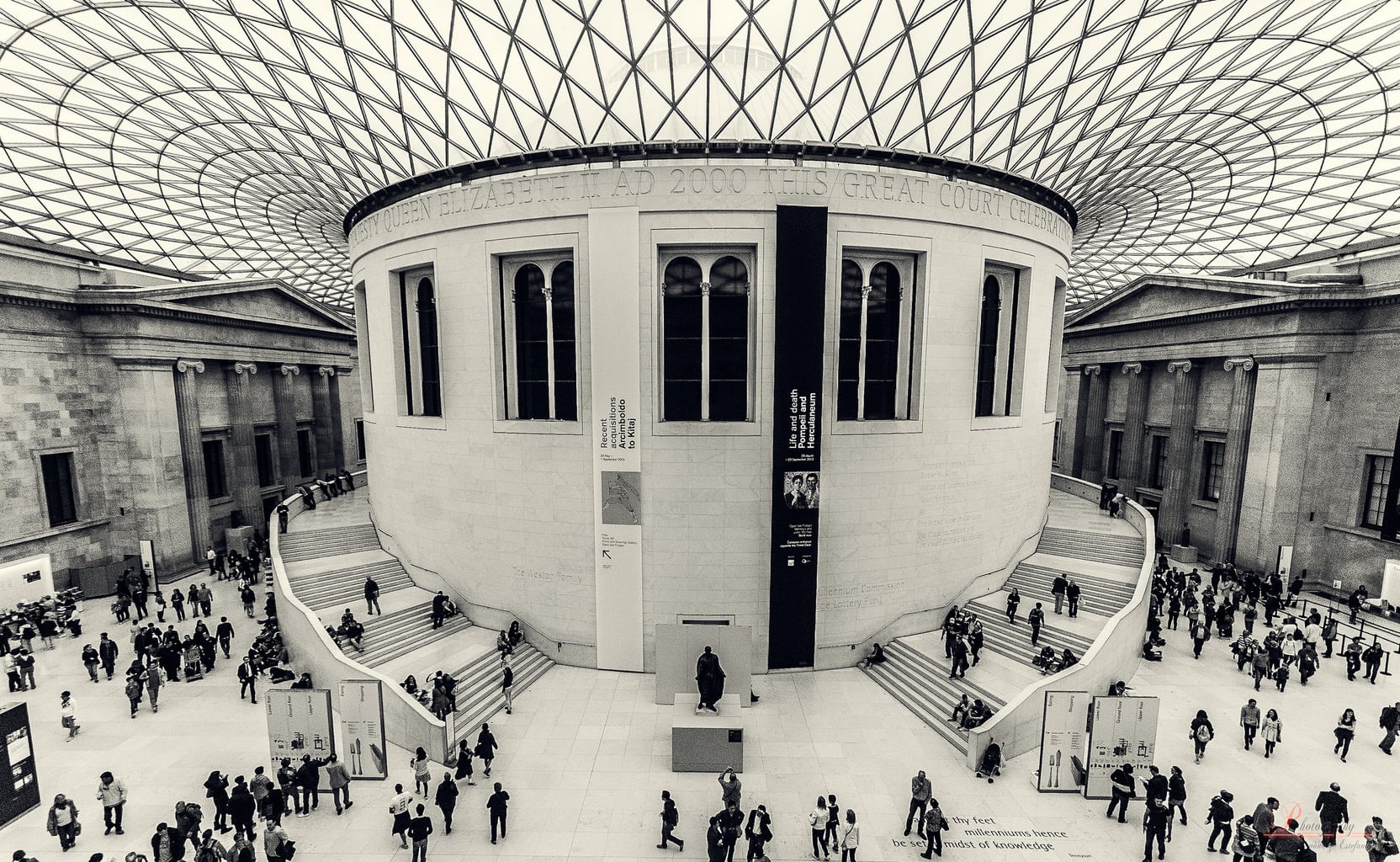
7) BE CAREFUL WITH THE FILTERS
Due to the angle of the lens, its use with filters tends to produce unwanted effects in the image, especially at the edges of the image, of which the most common is vignetting. You must be especially careful with polarizing filters , since they generate very unreal and heterogeneous shades of blue in the image.
8) ORIGINAL PORTRAITS
It will not be a formal or classic portrait that you take with a Wide Angle, but you can make original and creative portraits thanks to the distortion that the lens creates. The shapes closest to the target will look exaggeratedly large and the ones further away will appear exaggeratedly small and far away.
9) WHEN TO USE A WIDE ANGLE
We have already advanced somewhat throughout the article, but we are going to see some of the most common applications related to these objectives.
- Landscape
- interior photography
- Architecture
- Documentary Photography
- photojournalism
- Artistic photography
It is not an easy goal to achieve, nor is it easy to use, but if you put in some desire, effort, practice with it, and apply any of the above tips, it will surely become one of your essentials ?

